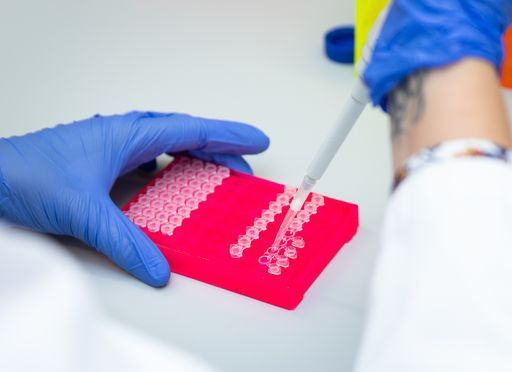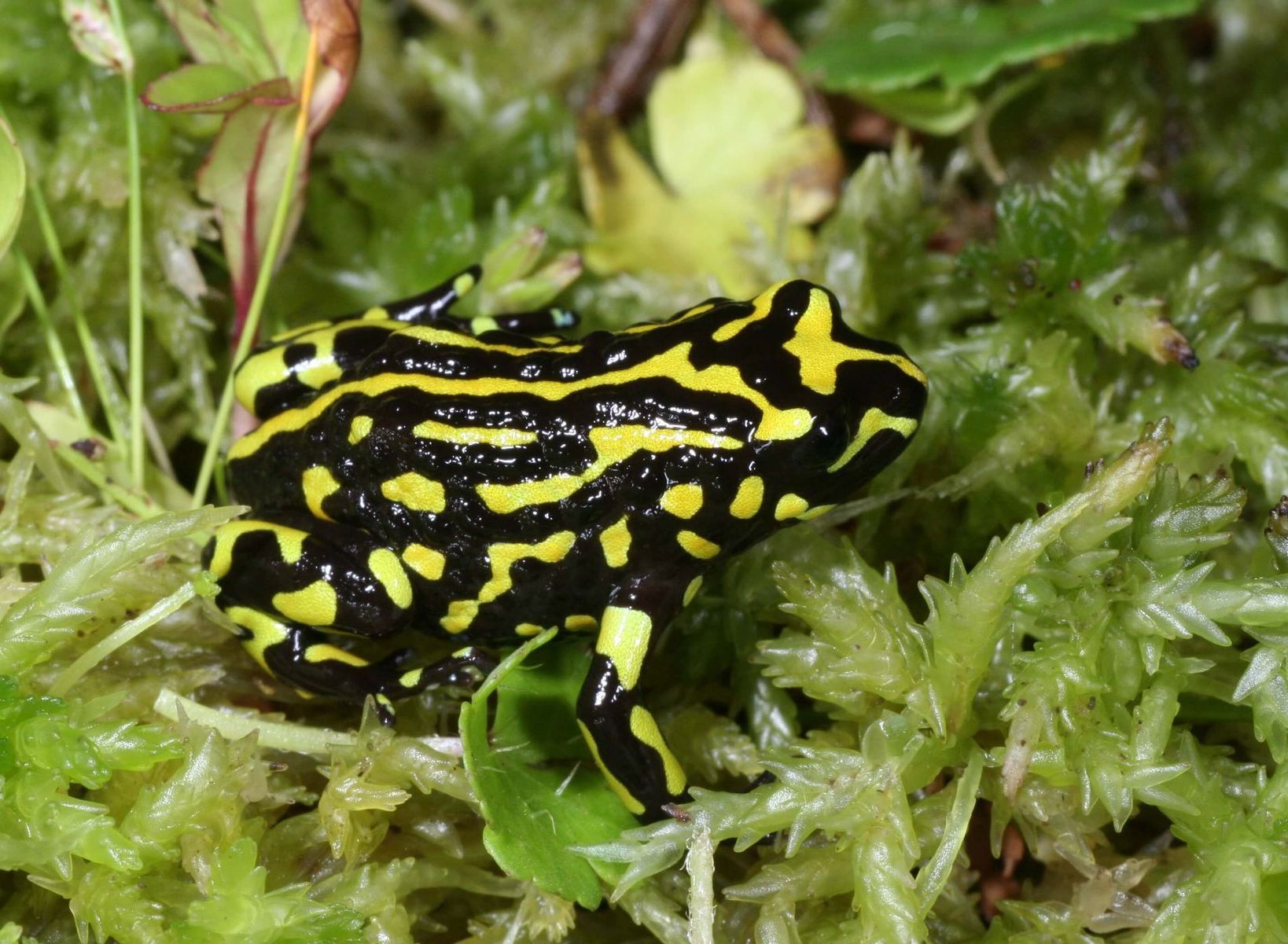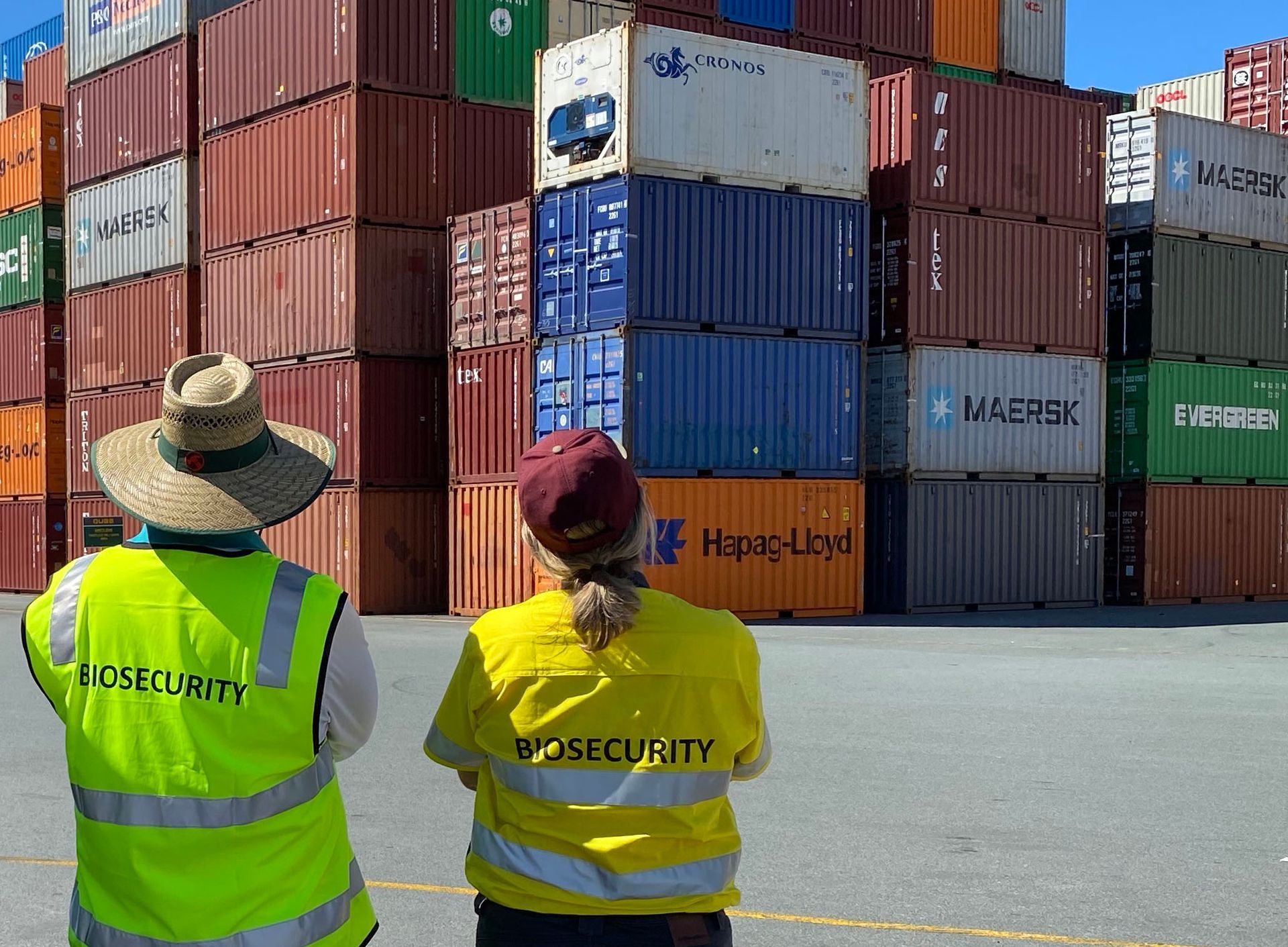Applications
Environmental DNA (eDNA) is a powerful tool that has a wide range of applications that include biodiversity monitoring, species detection (invasive and threatened), aquatic ecosystem assessment, environmental impact assessment, conservation and restoration.





